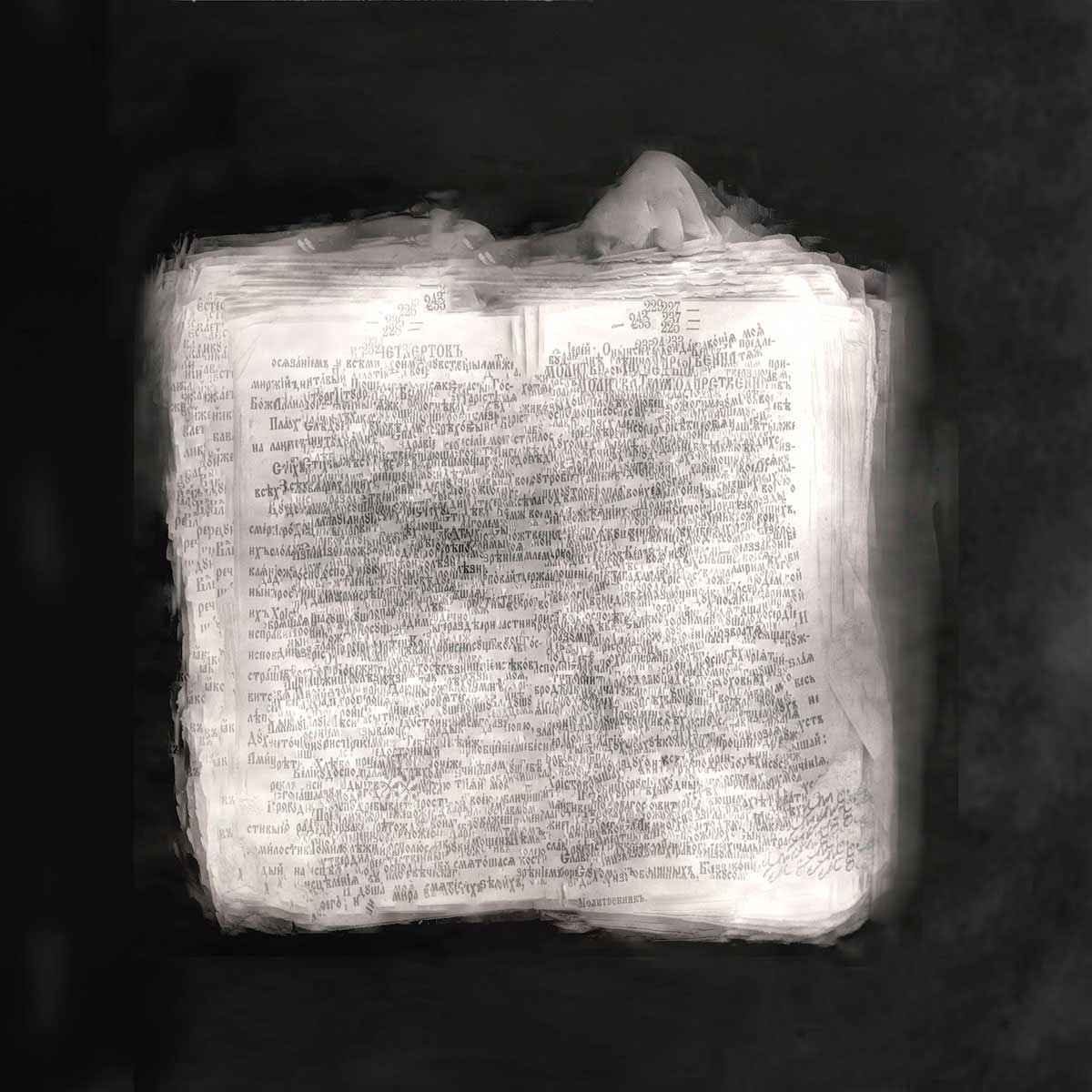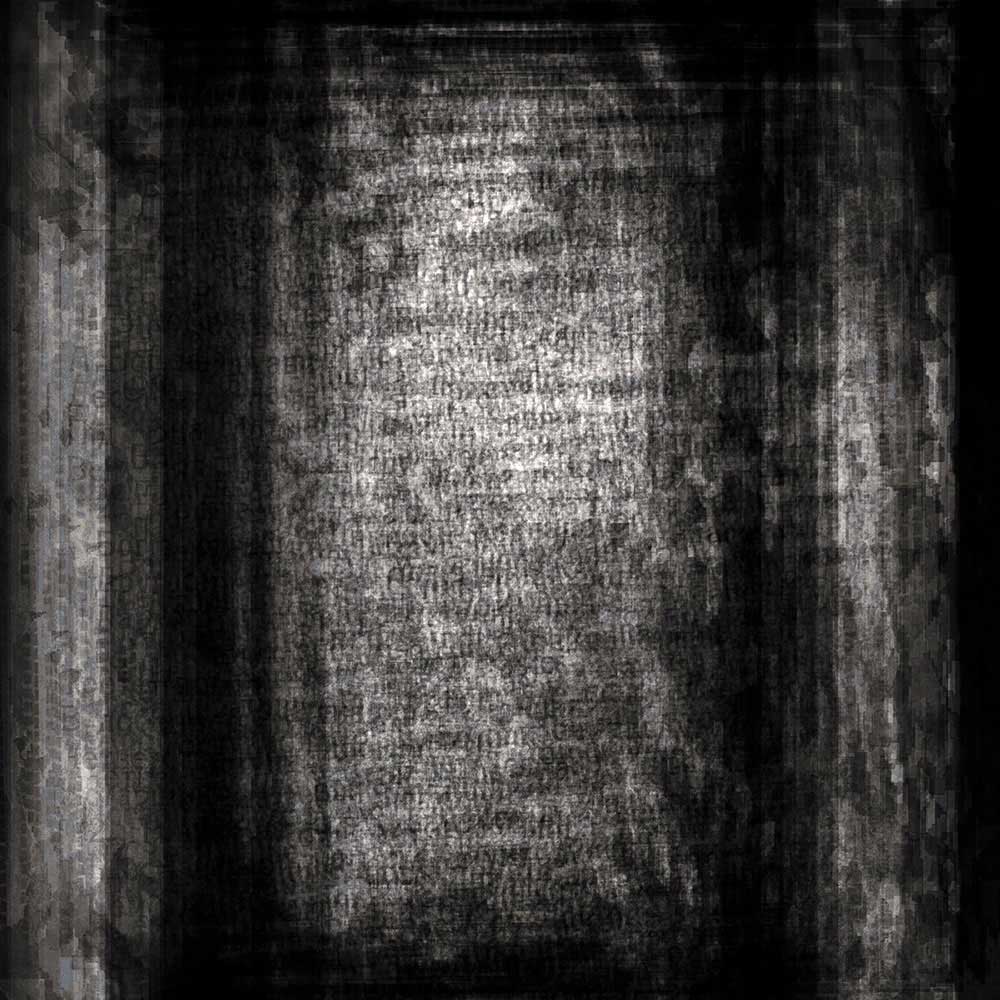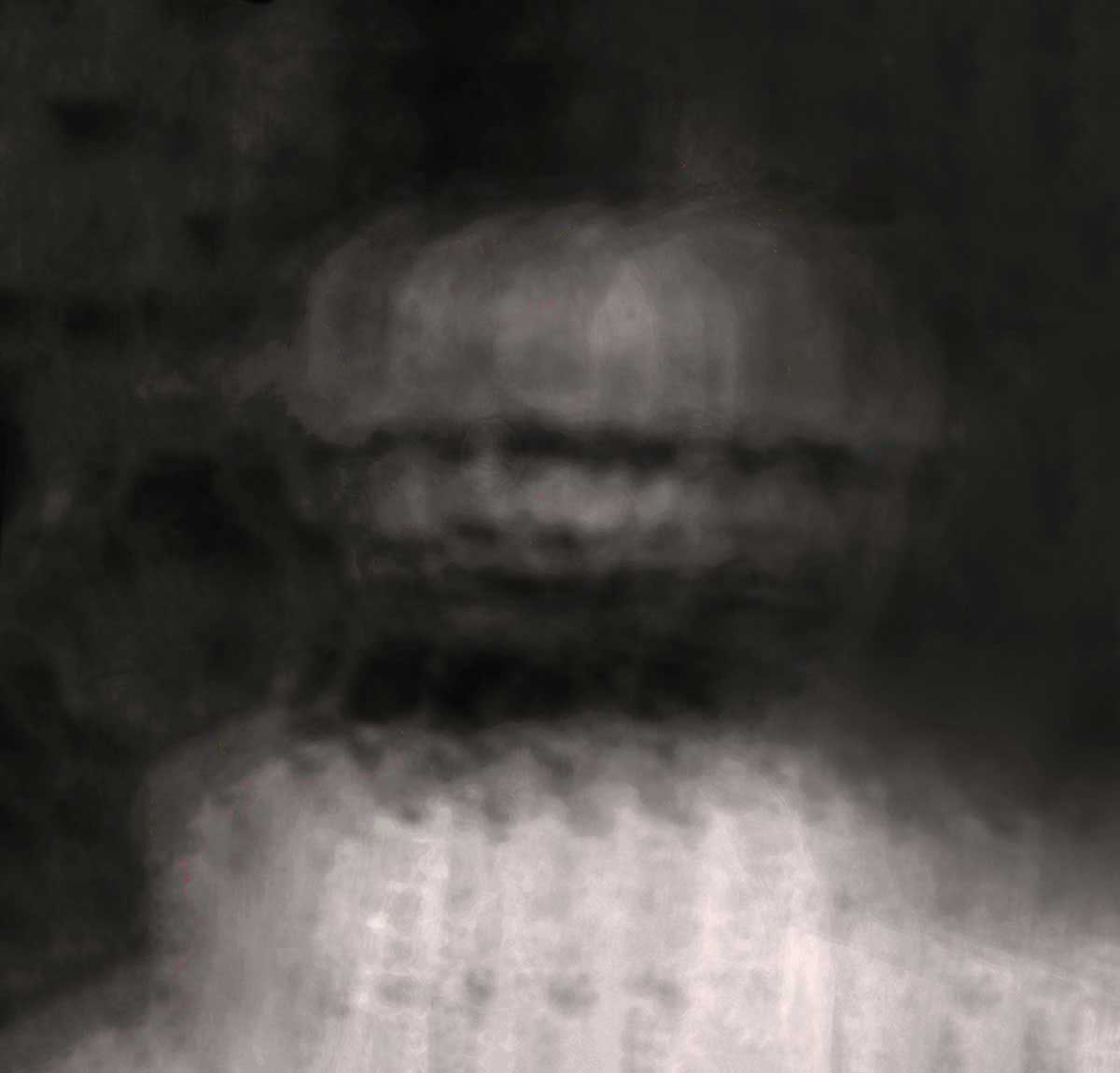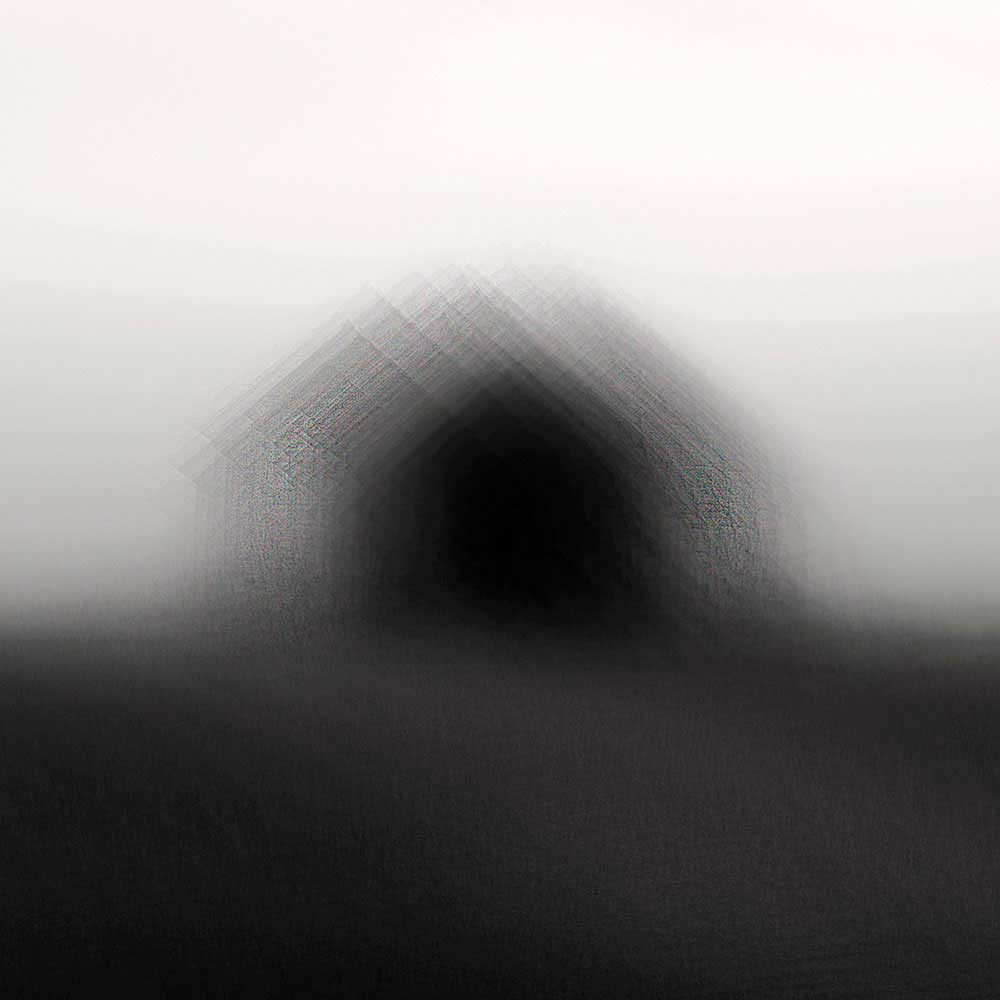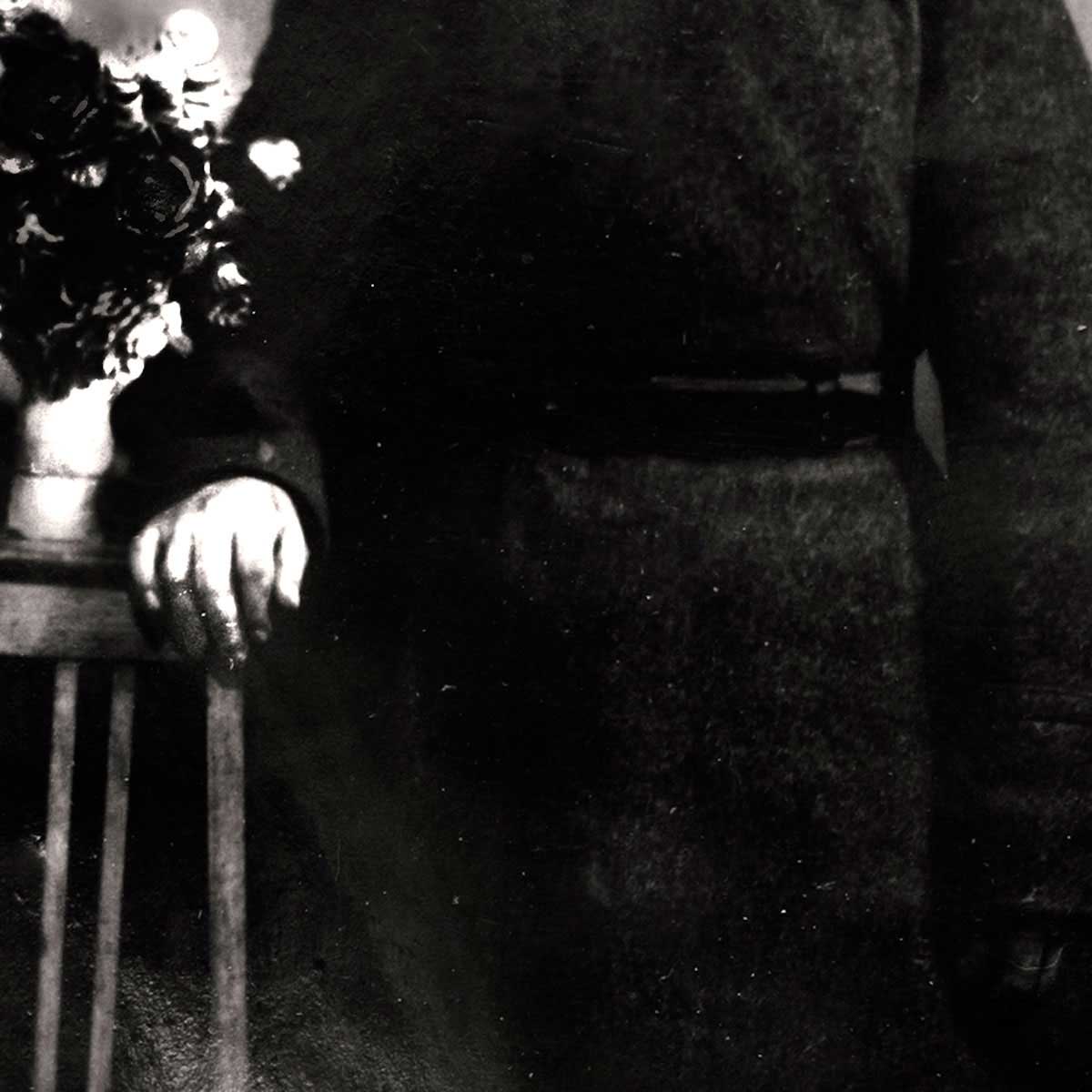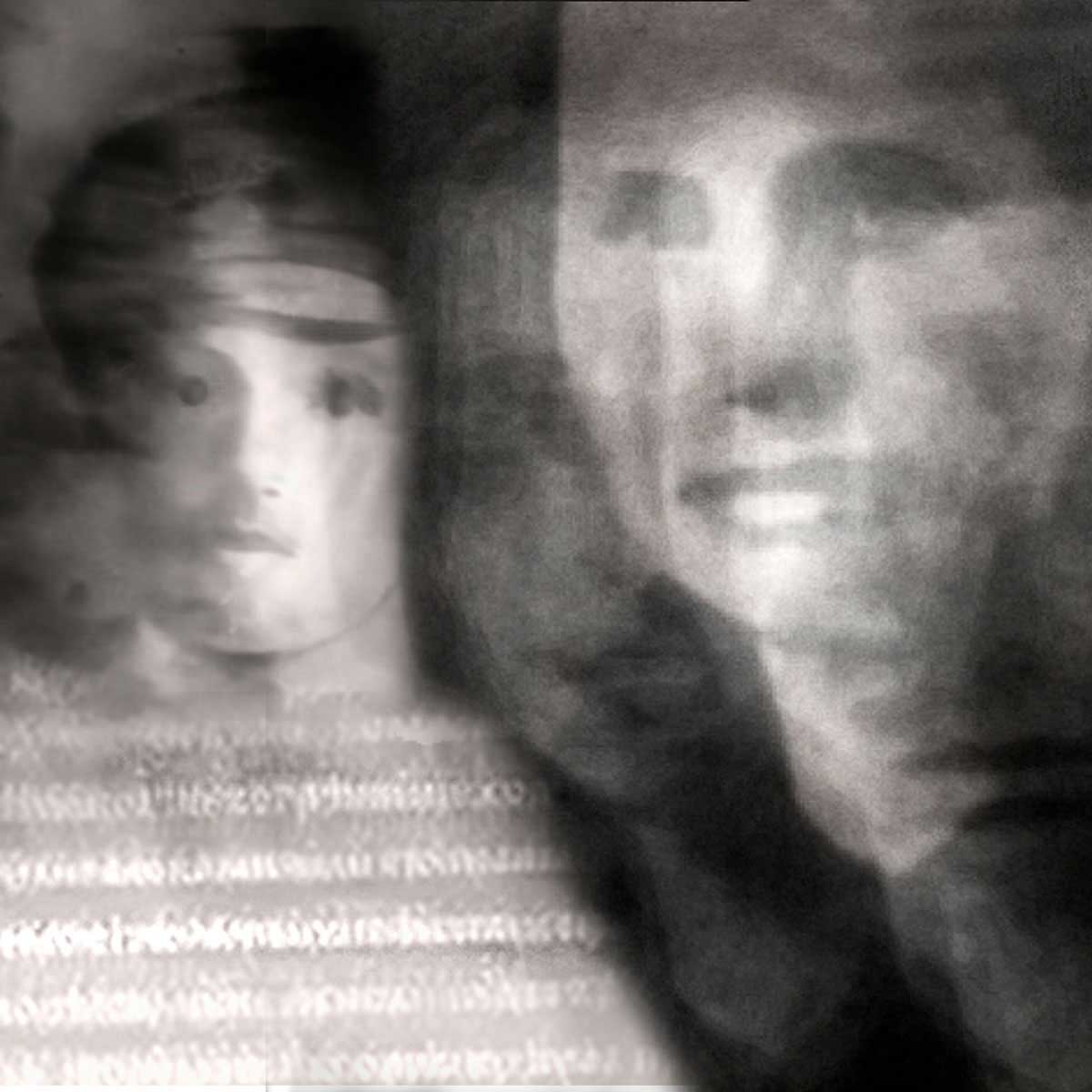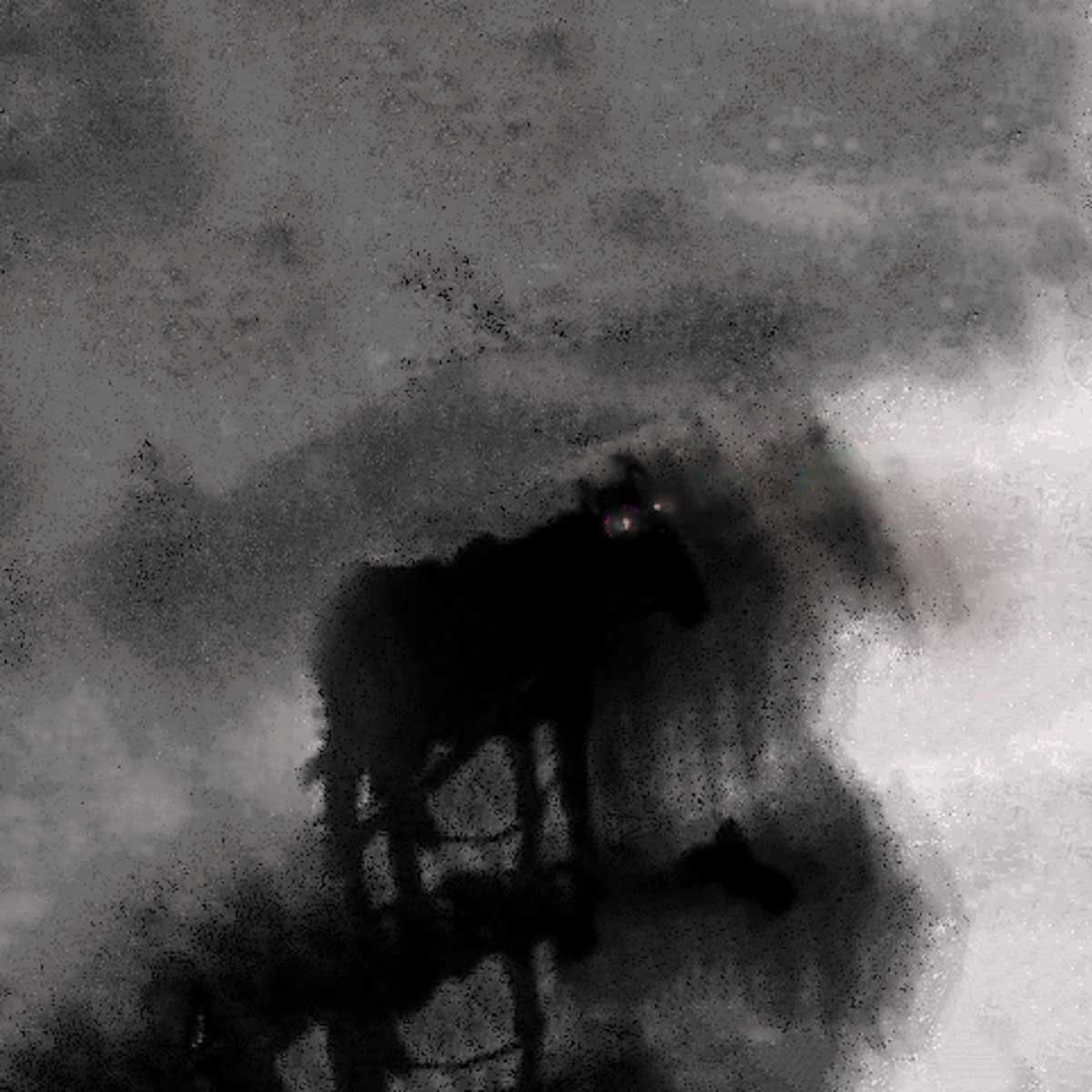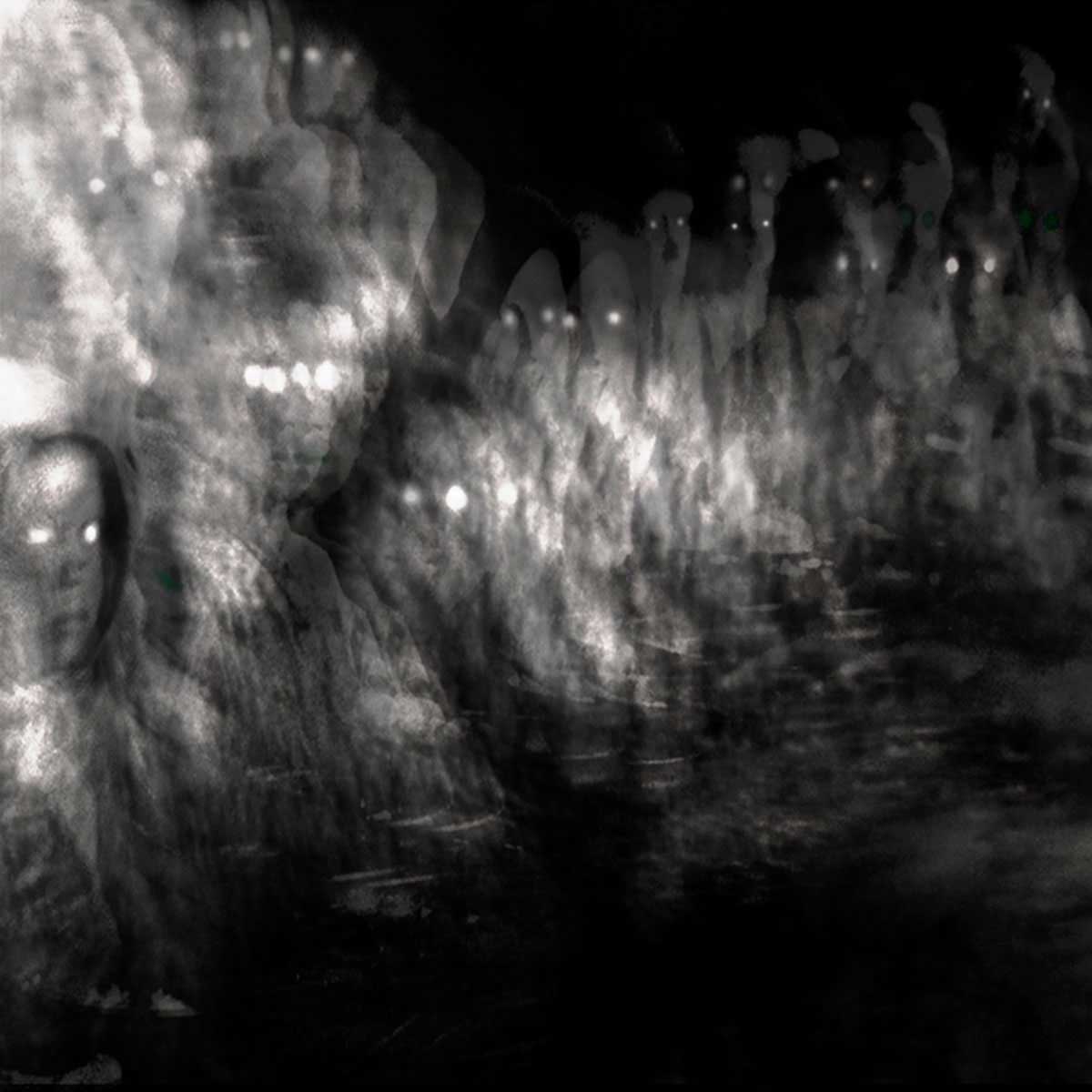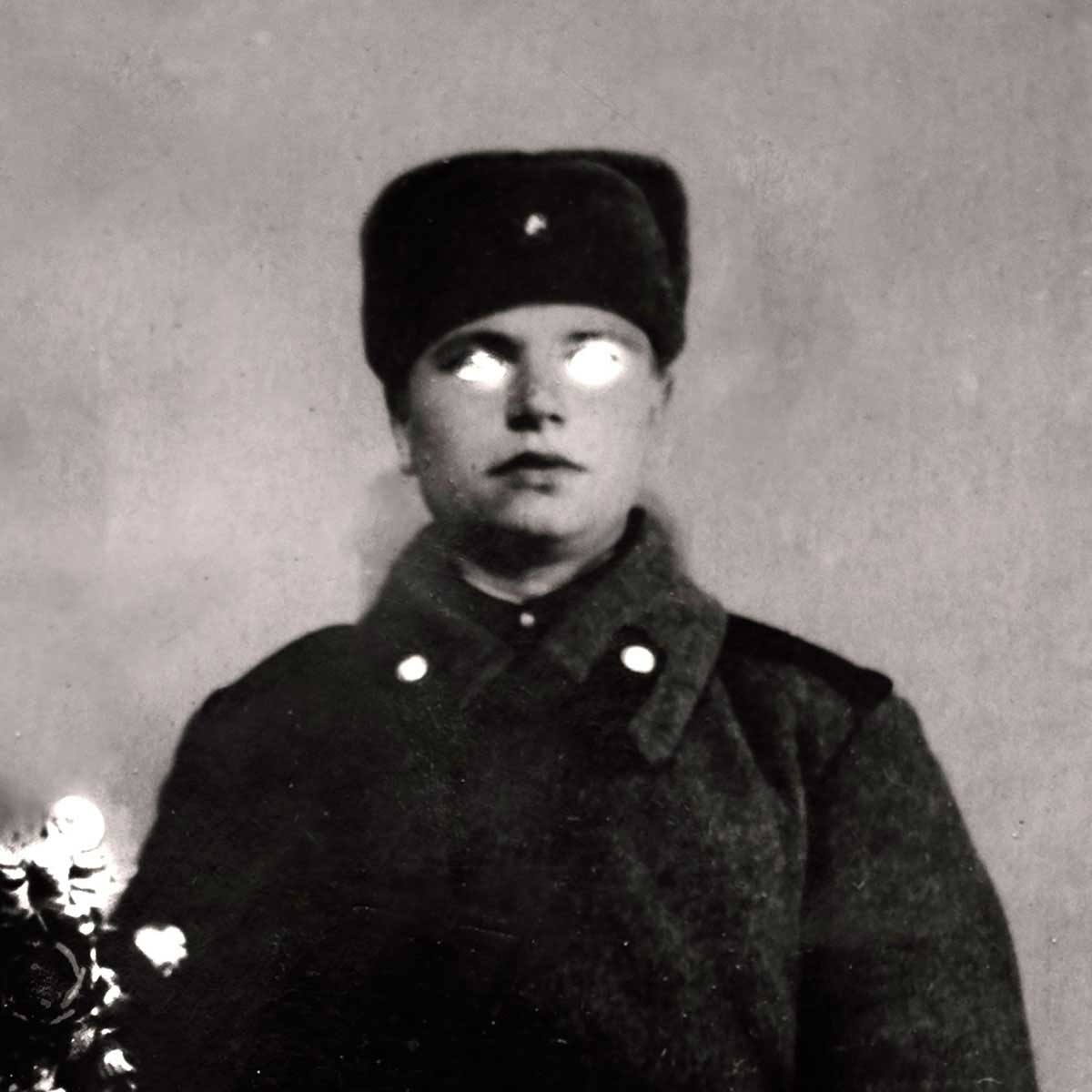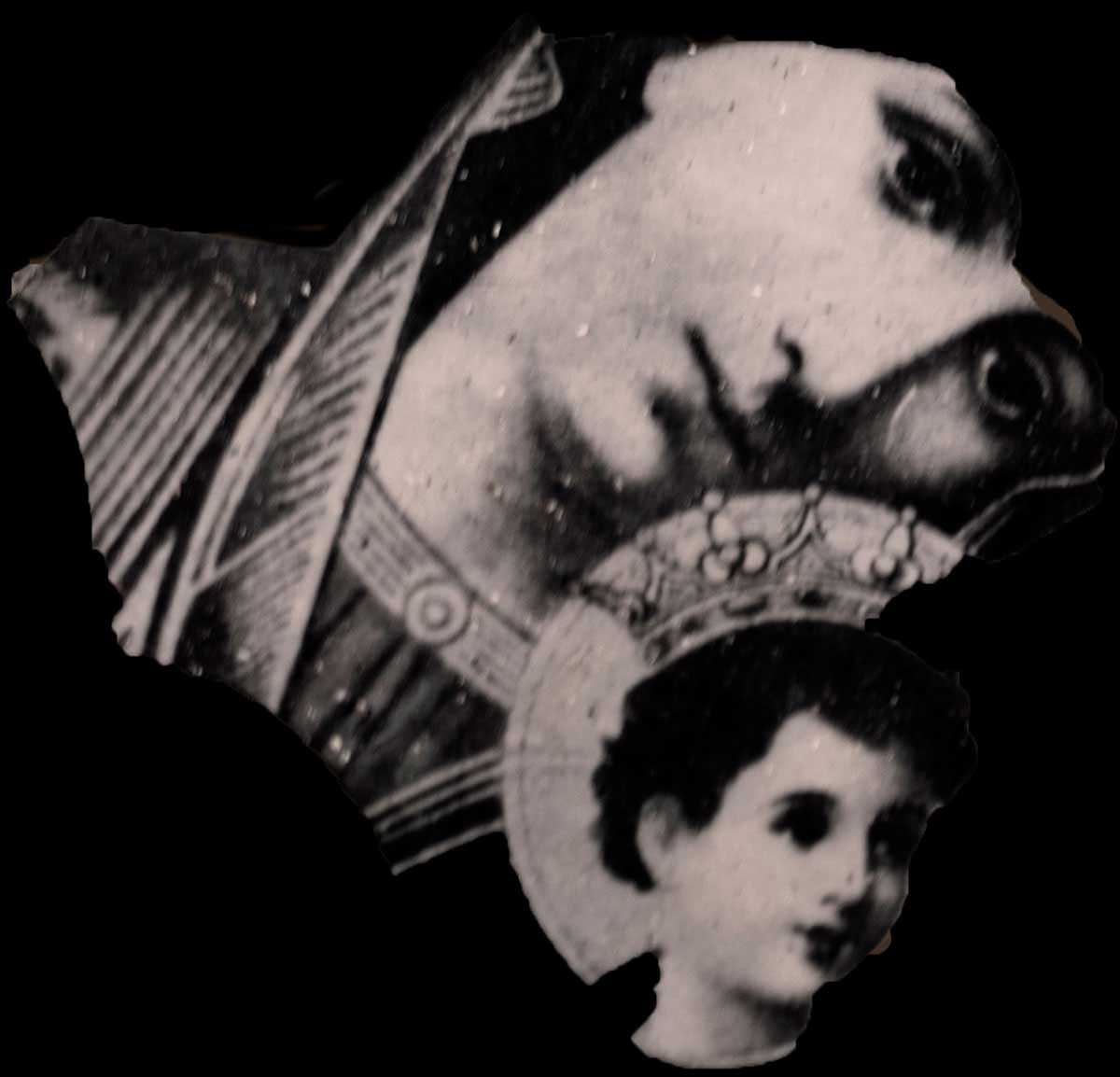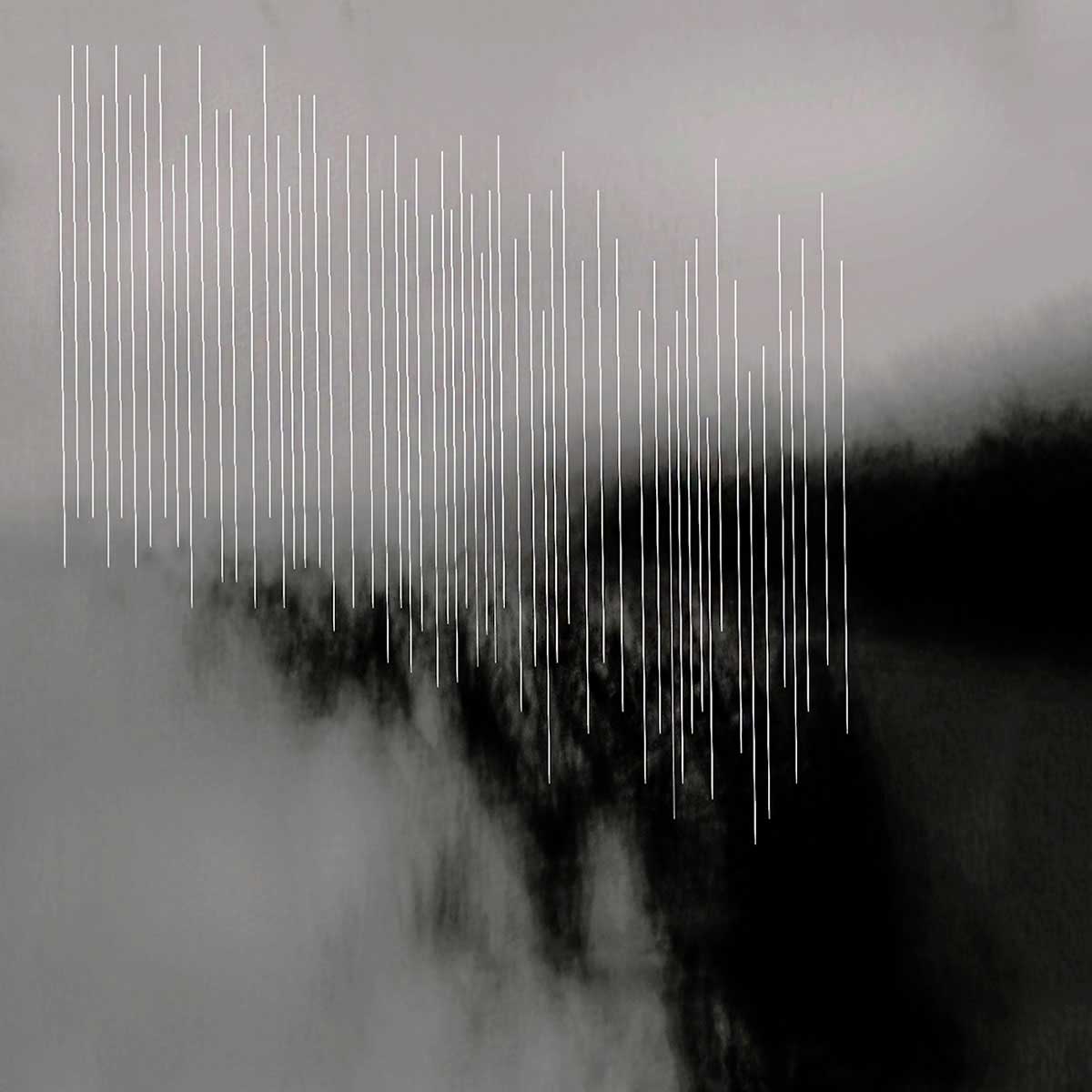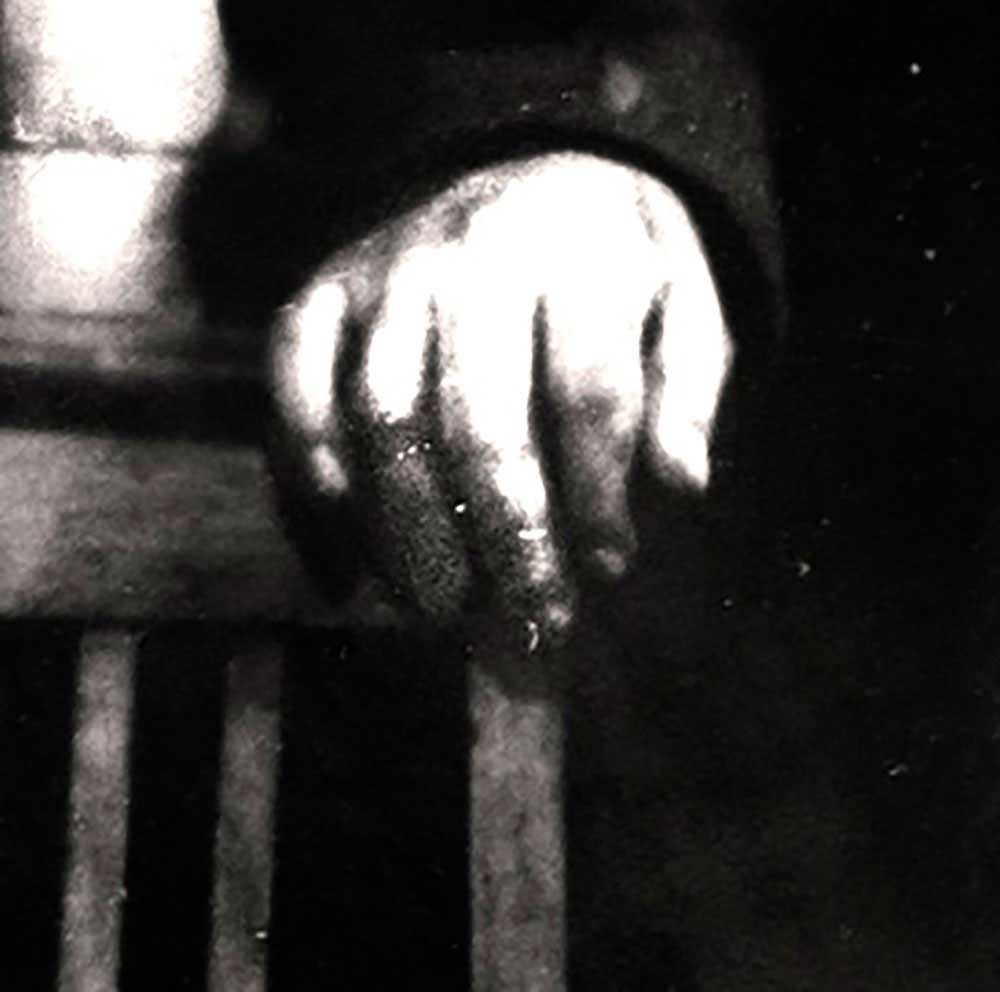Transfiguration revolves around a little girl named Maria – a survivor of the 1932-1933 famine in my homeland of Ukraine. Her parents and 4 million others died because of Stalin’s policy of artificial starvation.
What would be my language of memorialization? Are photojournalists the only ones to tell these stories? These questions plagued me for months. A Facebook posting asking for photographs from that period resulted in one image – Maria and her parents. My language, compassionate, disorienting and emotionally profound, proposed a critical dialogue on social-political issues that allowed the viewer to witness atrocities differently. Intertwined with other historical photographs, they were shot, scanned and multiplied until a single work contained a 1000 plus translucent different layers. This was my response to the images conjured up by famine survivors’ descriptions of their loved ones: “a body shining … a glass jar, filled with clear spring water”. Yet, when you understand the process of starvation they make sense. First, the body consumes its stores of glucose, fats, and proteins which later cannibalize the tissues and muscles. In the end, the skin becomes thin and translucent.
How does one stop the process? To keep them from disappearing, I overpainted Maria and the others with ash, egg tempera mixed with precious pigments and wax. I wanted to say that they were more than images of a trauma-laden modern atrocity. Transfiguration invites the seer to sift through the memories and participate in the collective act of remembrance. The use of layering and repetition, and other sensory qualities, such as the painting with granular pigments give meaning and create the effect of a journey. The series is a remembrance, and a cautionary tale of the atrocities that we are capable of as a species. [Official Website]



